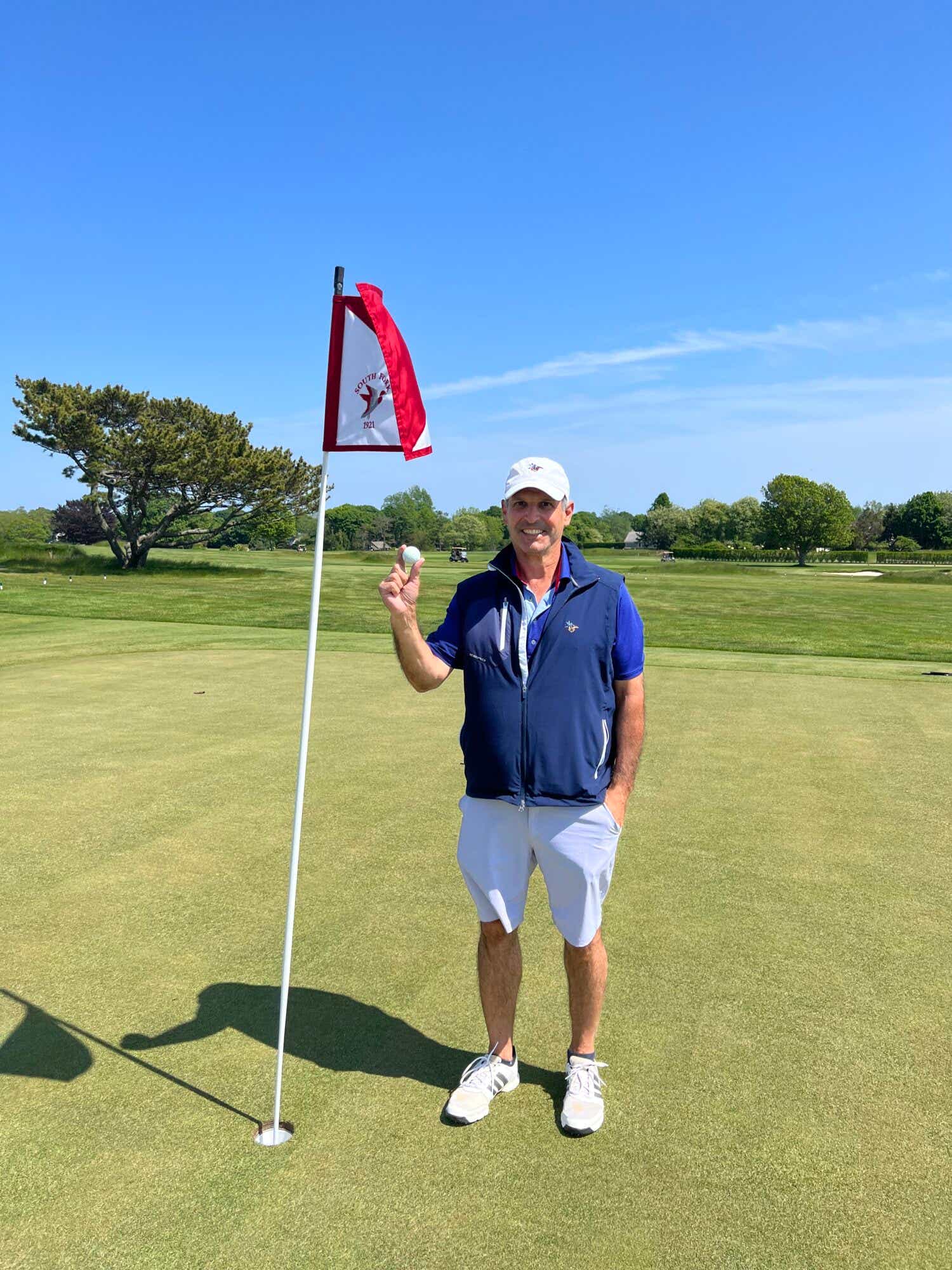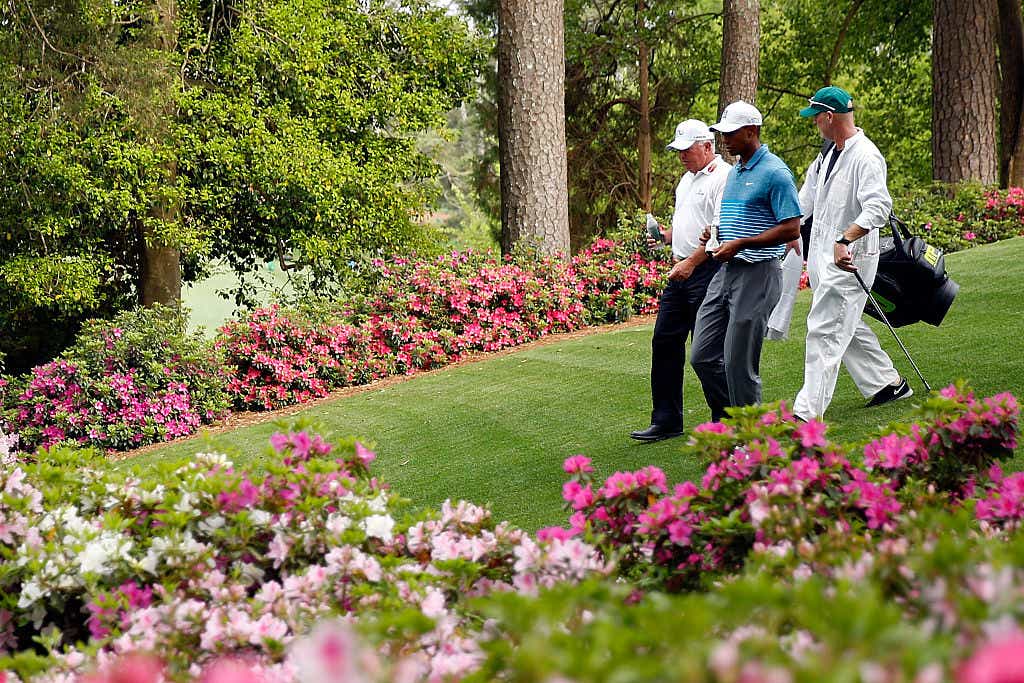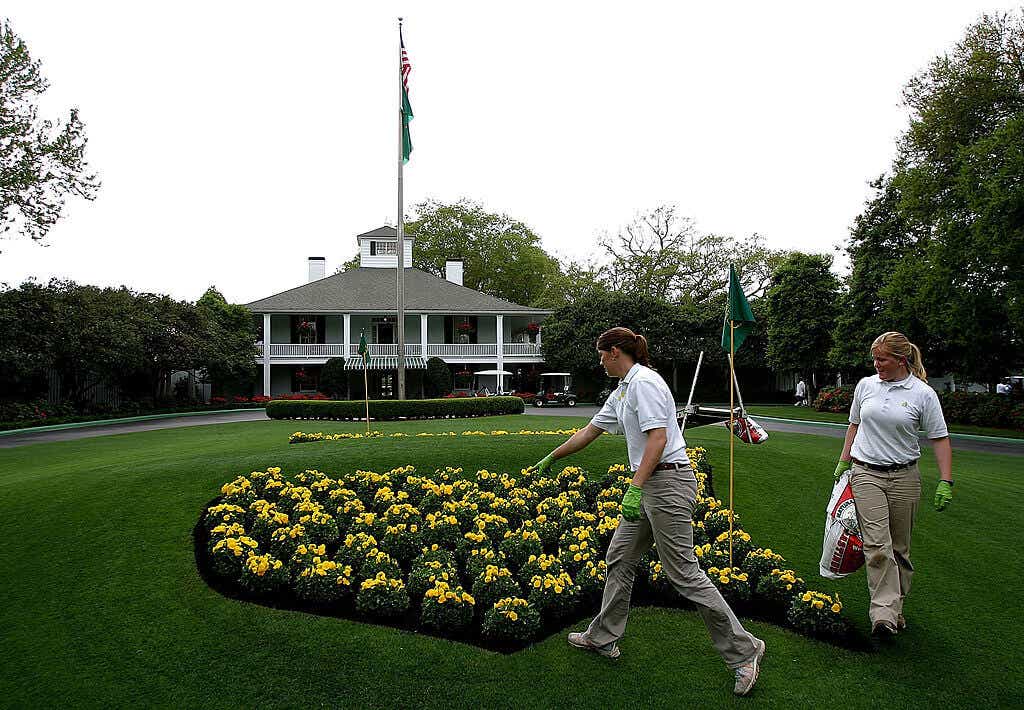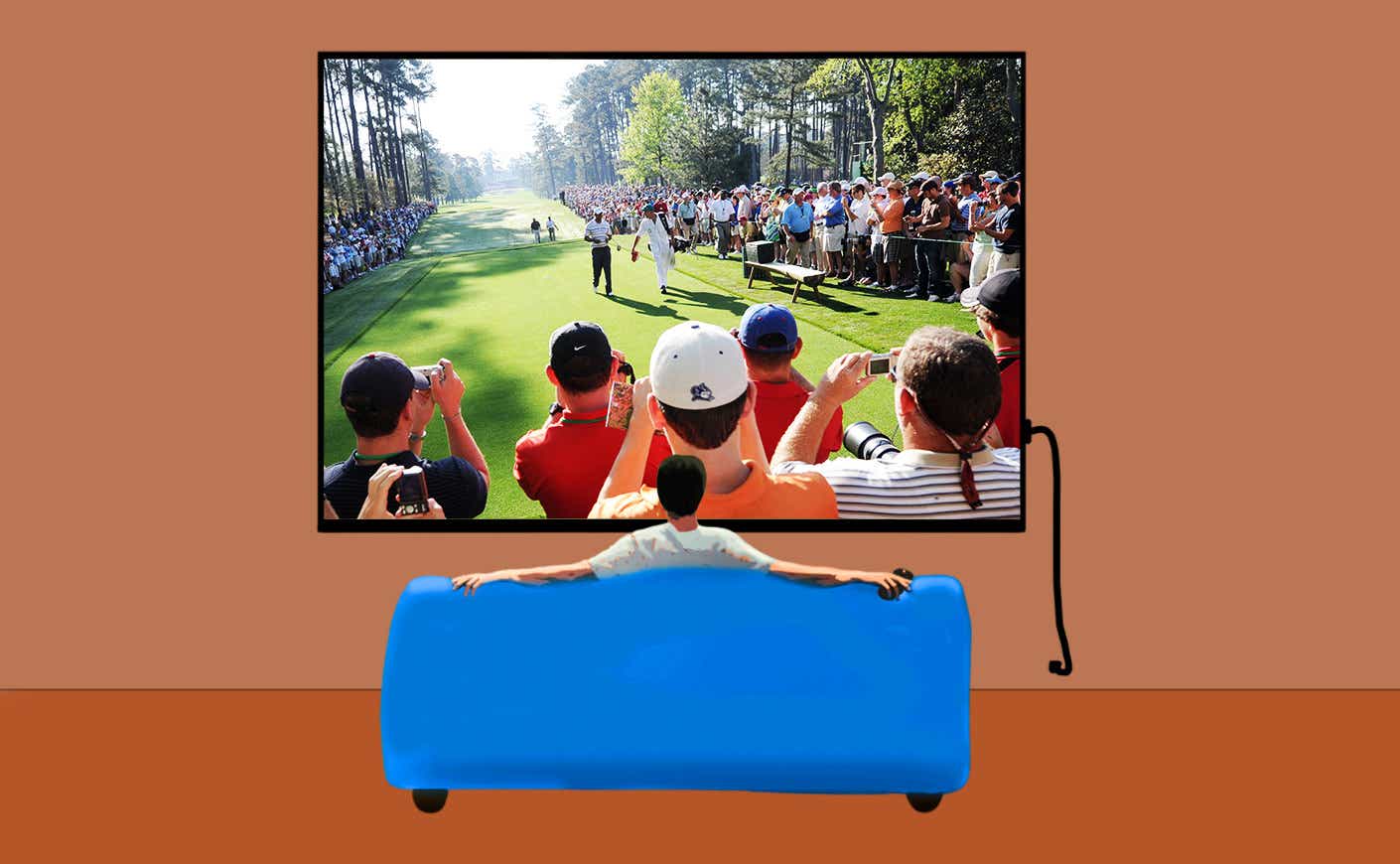It’s nearly here! The holiest of holidays. No, I’m not referring to Easter or Passover, which are also just around the corner. I’m talking about the Masters Tournament: the first, and for me and millions of other patrons, the preeminent golf tournament of the year. And yes, Augusta refers to fans as “patrons” — so let’s stick with tradition.
For the non-observant, here are a few things you should know, in case someone in your life is getting ready to sink into their sofa for a good part of next weekend.
While it may seem like golf is on TV year-round, this isn’t just another tournament. This is the granddaddy of all golf tournaments: It’s one of four Majors along with the US Open, The British Open (or for many, simply the Open Championship, since it’s by far the oldest tournament played), and the PGA Championship. Unlike the other three, which are played on different courses each year, the Masters is always played at the same golf course. And this isn’t just any golf course: It’s Augusta National Golf Course in Augusta, GA. And it’s been this way every year since Bobby Jones, the greatest amateur golfer in history and Clifford Roberts, a wealthy banker and golf enthusiast, began the tradition in 1934.

Augusta isn’t just an exclusive golf club; it’s one of the most exclusive clubs of any kind, with a membership believed to be less than 300 — though it’s notoriously tight-lipped about the specific number. We do know that Augusta’s membership includes plenty of prominent CEOs and some sports celebrities, too: Warren Buffett, Bill Gates, Stephen Schwarzman of the Blackstone Group, JPMorgan CEO Jamie Dimon, and NFL Commissioner Roger Goodell, to name a few, are counted among its ranks. Peyton Manning — who led his team to Super Bowl titles with the Indianapolis Colts in 2007 and the Denver Broncos in 2016 — and his younger brother, Eli — two-time Super Bowl champion and MVP with the NY Giants — are also both members. And in case you’re wondering, beginning in 2012, Augusta National began admitting women to its membership: Ginni Rometty of IBM, philanthropist and private investor Darla Moore, and even Condoleezza Rice are all in the club.
There are so many things unique and special about the Masters, but for me, everything starts with the history of the course itself and the fact that we’ve seen so many incredible tournaments over the years that came down to the final 9 holes — the storied “back nine at Augusta.” Jack Nicklaus, the greatest of all time (sorry, Tiger) has won 6 times, including his last win in 1986 at age 46.
Tiger has won 5 times, his last win coming in 2019, two years after a car crash in Los Angeles that nearly killed him, and left him with a severe leg injury. Scottie Scheffler, the #1 ranked player in the world, has two Green Jackets (’22 and ’24). Scheffler (+460, which means $100 wager pays $460) is again the betting odds favorite to win a third Jacket this year, but we’ll see. Rory McIlroy, who was the best player in the world for a few years, winning four Majors has never won a Masters. He did win a big tournament, The Players, a few weeks ago, and some think this may be his final shot to win this tournament and complete a career Grand Slam — winning all four majors in a career. Others see betting on Rory to win this year as “losing $100.”
Many patrons know the holes at Augusta, particularly the back nine, better than their own home course. The first three — collectively known as Amen Corner — are arguably the greatest, most exciting three consecutive holes. Hole #10, a long downhill par 4, requires a precise tee shot to give you a good angle to an elevated green. Anything hit to the left can be a big problem. (In 2011, Rory McIlroy stepped onto the tee at #10 leading the tournament with 9 holes to play. He hooked his drive 100 yards left… way, way left… past the OB markers, and ultimately recorded a triple bogey 7. His round fell apart from there and Charl Schwartzel of South Africa won the tournament.)
Hole 11 challenges players on the approach, with a pond alongside the green that swallows inferior shots: anything that falls short can easily kick left into the pond. And shots that hit too far right, to avoid water, set up a dicey third chip shot toward a lightning-fast green with water that comes into play quickly.

The 12th hole, perhaps the most famous par 3 in golf, confounds the best players in the world, with a narrow green framed with a steep false front that falls quickly toward Rae’s Creek and the beautiful, unplayable Azalea behind a small cut of primary rough just beyond the green. Swirling winds and the layout means this roughly 150-yard hole can easily play 20 or 30 yards longer or shorter at any given time — and it keeps shifting, changing, moving. Add in the pressure of the moment, and what could be a simple shot for players at this level of talent becomes a dicey moment. In a game that’s often dominated by the long hitter, that’s not going to help on hole 12 at Augusta. This final leg of Amen Corner exposes player weaknesses and nerves. Yard for yard, there’s no hole that incites more drama, often with the tournament outcome riding on getting out of this hole with a par. Case in point: Jordan Spieth was leading the 2016 Masters on Sunday when he hit two balls into the water on his way to a quadruple bogey 7. Spieth’s blowup opened the door to Danny Willett’s first (and only) Major win.
Every hole on Augusta is special, but the back nine is crazy special. The two par fives (13 and 15) are both reachable for these guys… meaning they can hit driver and, if they have a good outcome, go for the green on their second shot. The pros can also easily blast it 300 yards into the pine straw and be forced to layup with their next shot. Either way, the best player in your weekend foursome is unlikely to be pulling hybrid in an attempt to hit one of these greens on their second shot. Hole 13 plays 545 yards, and 15 is 530: Both require a long and precise second shot where water is in play (and long is no bueno, too). And then there’s Augusta’s famous 16th par 3 hole —where Tiger famously chipped in from an impossible location for the most unlikely of birdies against Chris DiMarco in 2005 on his way to a fourth Green Jacket.
Holes 14, 17, and 18 (a 465 uphill par 4 with a drive through a narrow chute, which makes par a good score every time) are all spots that can create drama on every shot. Anything can happen. A player leading by a few strokes late in the tournament can’t just play it safe and be confident of making par. Augusta requires great shot-making on every hole.
And I haven’t even gotten to the general atmosphere and beauty of the event. There’s the Masters music — a gentle, soft melody. (Can you hear it?) Jim Nantz’s iconic, familiar welcome… “A tradition unlike any other.” (Amen to that!) And of course, the drive up majestic Magnolia Lane just inside the well-guarded gates, revealing the iconic Southern-style clubhouse and, in front of the entrance, a large-scale Augusta National logo created in yellow marigolds in the Founders Circle. Patrons line up to take photos in front of this beautiful installation — which, for many, will be a once-in-a-lifetime opportunity.

The field of competitors for this year’s Masters is 96 players including the top 50 world-ranked players, the top 12 finishers from last year’s Masters, four champions from last year’s Majors, and PGA tour champions over the last year. Beyond this list, the Tournament always includes a number of Amateur champions and other special invitations.
The Masters even invites past champions to tee it up. In this year’s field, Freddie Couples, who won the tournament in 1992, is set to play his 40th Masters. That’s crazy but he’s not alone! Two-time champion Bernhard Langer (‘85 and ‘93) will be playing in his 41st Masters, although Langer has said that this year will be his last time competing in the event. Other notables, including Nick Faldo (’89, 90 and ’96), Sandy Lyle (’88), and Trevor Immelman (’08) have opted not to play. It’s said that past champions are invited to play annually, but they each know when their time has passed. (17 living past Masters champions have come to that realization.) Tiger is out, too, but in his case due to an Achilles heel injury. Who knows if we’ll see Tiger tee it up again at The Masters. I wouldn’t bet against him.
After the Thursday morning pageantry featuring (most likely) past champions like Jack Nicklaus, Gary Player, and Tom Watson hitting ceremonial first tee shots, Augusta National Chairman Fred Ridley will officially declare the start of the 2025 tournament. I’ve had the privilege of attending a day at the Masters, which is an unforgettable experience. The beauty and, well, awesomeness of Augusta is simply beyond description. But as special as that is (and if you’re lucky enough to get a chance to be there in person for a day, do it!), for me nothing really beats watching this annual ritual on a high-def flat screen from the comfort of my own sofa — along with the fantastic CBS coverage with blessedly limited commercials. I’m relaxed enough Thursday and Friday, but on Master’s Saturday — known as Moving Day, as it’s typically the day the tournament leaders separate themselves from the pack — I’ll be hunkered down.
The only folks I’ll be talking (or texting) with will most likely be my golf pals, as we take in the action. And by Sunday around 4pm, as the leaders approach 10 tee for the final 9 holes, there’s no moving me from my seat. I’ll be there until the final putt is drained and the 2025 Champion slips on his Green Jacket.
I can’t wait.









